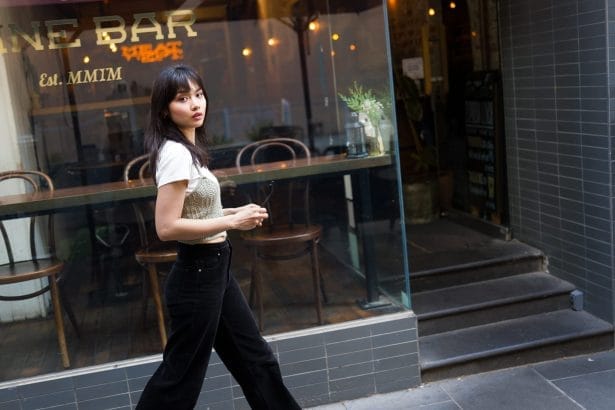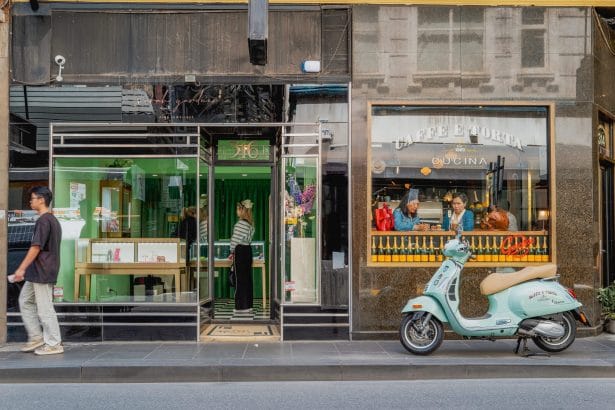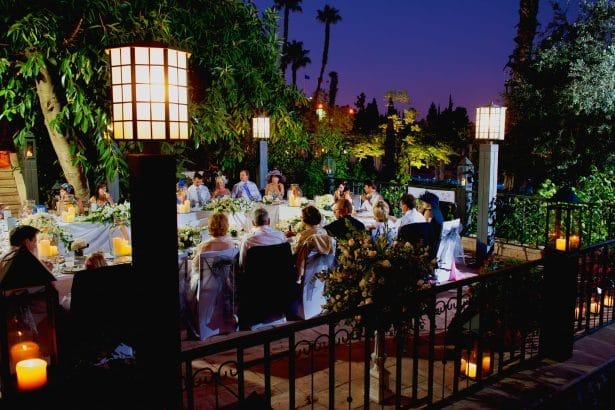Character Dance Class Photography
Alida Segal invited me to photograph her Character Dance class at Christine Walsh’s School of Dance in Fitzroy.
Christine Walshs is a Principal Dancer in Australia and internationally, Christine Walsh’s professional ballet and teaching career has spanned over 40 years. Trained originally in Sydney, Christine Walsh graduated from the Australian Ballet School and rose to the rank of Principal Artist with the Australian Ballet where she danced all the major Principal roles in the ballets Swan Lake, Giselle, Sleeping Beauty, La Sylphide, Romeo and Juliet, Onegin, La Fille Mal Gardee, Coppelia, Don Qiuxote and many others. Christine also danced Principal roles with Roland Petit Ballet de Marseille including Carmen and Coppelia.
Alida Segal is an Honours Graduate of Russia’s Moiseyev School of National Character and Dance in Moscow USSR and regarded as one of Australia’s most respected dance lecturers and choreographers specializing in National and Character Dance. Alida has worked with professional companies and leading training institutions as an advisor, teacher, and choreographer for more than 28 years.

She has performed across Australia with Kolobok Dance Company and at the Tchaikovsky Concert Hall, Moscow, with the Moiseyev School.
Alida’s teaching and choreographic engagements include The Australian Ballet school (lecturer and member of assessment panel), The Australian Conservatoire of Ballet, Shalom Australia Dance Company, the Queensland University of Technology (Dance Department), The Victorian College of the Arts and The National Theatre Ballet School.
Character dance is a specific subdivision of classical dance. It is the stylized representation of a traditional folk or national dance, mostly from European countries, and uses movements and music that have been adapted for the theater.
Character dance is integral to much of the classical ballet repertoire. A good example of character dance within ballet is the series of national dances which take place at the beginning of Act II of Swan Lake. The ballet Don Quixote also features many character variations based on traditional Spanish dances. Popular character dance adaptations for ballet also include the national dances of Hungary, Russia, Poland, Italy, and Spain: csárdás, mazurka, tarantella, flamenco, etc.
Most serious ballet schools around the world include training in Character Dance in their curriculum.
Dance photography is a specialized genre of photography that captures the beauty, grace, and energy of dancers in motion. It requires a unique set of skills and techniques to capture the movement and emotion of the dancer in a still image.
Here are some skills I use when photographing dance;
I make sure to know the dance form: Understanding the type of dance is essential. Every dance style has its own unique movements and characteristics that I must be aware of to capture the essence of the dance.
Timing is everything: Capturing the perfect moment is crucial in dance photography. I need to be patient and wait for the right moment to click the shutter button. I also familiarize myself with the music, as it can help me anticipate the right moment to capture a particular pose or movement.
Proper lighting is essential in dance photography. It can enhance the mood and atmosphere of the photo and make the dancer’s movements more dramatic. I try to use natural light or artificial light to highlight the dancer and create different effects.
Composition is also essential in dance photography. I pay attention to the positioning of the dancer, the background, and the lines of the body. It can make the difference between an average photo and a stunning one.
A fast shutter speed is necessary to freeze the motion, while a wider aperture can help create a shallow depth of field to blur the background and emphasize the dancer.
In conclusion, dance photography is a challenging but rewarding genre that requires a combination of technical and artistic skills. My aim is to capture the beauty and energy of dance.
At your service





